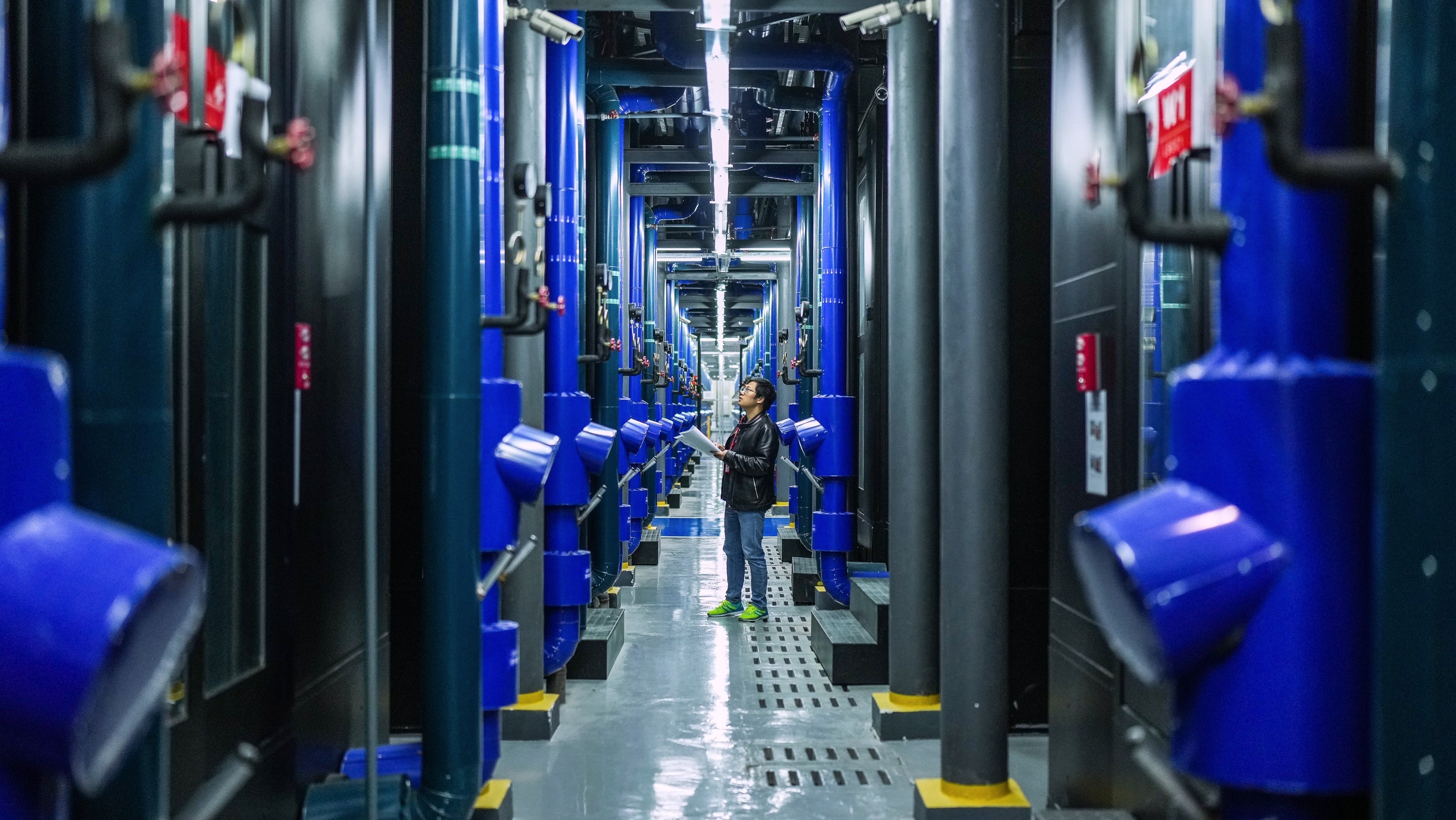As Use of A.I. Soars, So Does the Energy and Water It RequiresAs Use of A.I. Soars, So Does the Energy and Water It RequiresGenerative artificia...
Published on by Water Network Research, Official research team of The Water Network

As Use of A.I. Soars, So Does the Energy and Water It Requires
Generative artificial intelligence uses massive amounts of energy for computation and data storage and billions of gallons of water to cool the equipment at data centers. Now, legislators and regulators — in the U.S. and the EU — are starting to demand accountability.
BY DAVID BERREBY • FEBRUARY 6, 2024
Two months after its release in November 2022, OpenAI’s ChatGPT had 100 million active users, and suddenly tech corporations were racing to offer the public more “generative A.I.” Pundits compared the new technology’s impact to the Internet, or electrification, or the Industrial Revolution — or the discovery of fire.
Time will sort hype from reality, but one consequence of the explosion of artificial intelligence is clear: this technology’s environmental footprint is large and growing.
A.I. use is directly responsible for carbon emissions from non-renewable electricity and for the consumption of millions of gallons of fresh water, and it indirectly boosts impacts from building and maintaining the power-hungry equipment on which A.I. runs. As tech companies seek to embed high-intensity A.I. into everything from resume-writing to kidney transplant medicine and from choosing dog food to climate modeling, they cite many ways A.I. could help reduce humanity’s environmental footprint. But legislators, regulators, activists, and international organizations now want to make sure the benefits aren’t outweighed by A.I.’s mounting hazards.
Attached link
https://e360.yale.edu/features/artificial-intelligence-climate-energy-emissionsTaxonomy
- Water-Energy Nexus
- AI
- artificial intelligence